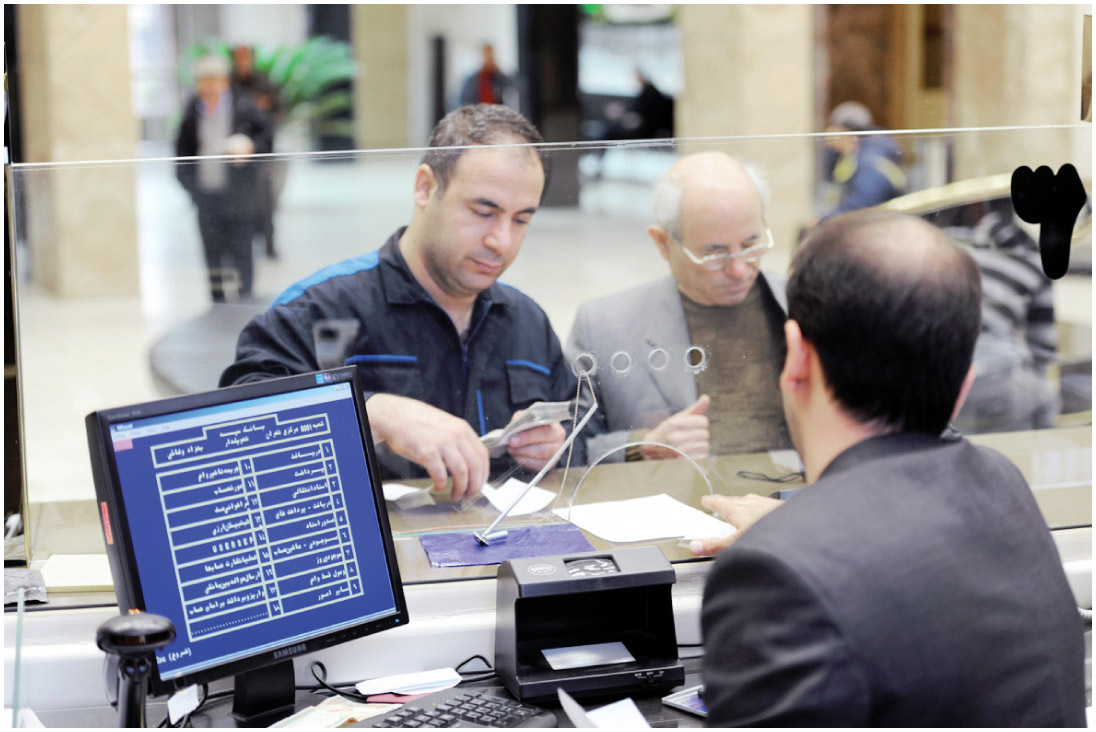Pundits and economic officials, who convened for the second and the final day of the 25th annual Conference on Monetary and Exchange Rate Policies in Tehran, made a last-ditch effort to voice their concerns about the challenges facing the banking system and the consequences that could result from inaction.
Some analysts and policymakers warned about the huge non-performing assets in the banking system, a result of government borrowing and non-performing loans (NPLs). Others pointed to the liquidity crisis that has brought the manufacturing sector to its knees.
According to central bank statistics, bad debts amount to 938 trillion rials ($32.8 billion at official exchange rate). The dangerously high amount of toxic loans – mostly incurred by state-owned banks – has called the solvency of some banks into question, and eroded their ability to lend, threatening the stability of the banking system.
Bane of Economy
Minister of Economy Ali Tayyebnia premised his argument on tackling inflation, which has been his economic recovery mantra ever since he took the helms of the ministry in 2013. He rejected the assumption that taming inflation and instigating economic growth are mutually exclusive.
He said: “There’s this commonly held belief in the country that the sluggish growth is due to a shortage of money supply but global records and our own experience during the last three decades as well as the science of economics discredit this claim. Our problem is not lack of money supply but shortage of funds at banks which is due to massive government debt to banks and NPLs.”
“If we resort to borrowing from the central bank this would stoke inflation, therefore we need to switch our focus to raising the banks’ capital and resolving the toxic debt issue. But we are mindful of the fact that under the current circumstances, this would be easier said than done.” He added that banks’ excess property which is mainly locked in the housing market is another reason for banks’ anemic lending.
The top economic official acknowledged the government’s struggle to pay its debts and criticized the former administration for squandering immense windfall oil revenues and bequeathing a colossal pile of debt to the current government.
Tayyebnia announced that his ministry has received a mandate from the parliament to strike a set-off deal worth $1.5 billion with banks to settle government debts. He said that to cover part of its bills, the government will start issuing bonds by making government debt marketable.
Dormant Assets
Central Bank Governor Valiollah Seif also acknowledged the dire economic conditions and said no “timeframe” could be given for ending the woes plaguing the banking system.
“Bad debts were at a whopping 14.1 percent [of total outstanding loans] in 2013, and then fell to 12.1 percent a year later,” Seif said. “This is while 40 percent of bank assets are currently unusable for lending which is crippling manufacturing.”
Seif warned that toxic debts, with their accumulating interest are becoming more precarious. He hoped that with the potential saving of roughly $9 billion in subsidy cash handout and more monetary and financial restraint, better prospects for the banking system would be on the horizon.
Dutch Disease
Masoud Nili, President Rouhani’s top economic advisor, however, said an overflow of money supply was creating inflation while industries remained cash-strapped. He blamed the condition on the tremendous inflow of oil revenues into Iran in recent years.
“We went through a period when an outburst of foreign exchange income along with a fixed exchange rate afflicted us with Dutch Disease – a condition in the economy when revenues from commodity sales stifle growth and productivity in other parts of the economy – undermining domestic production,” Nili said, “and then came another period where sanctions forced us out of global markets and oil incomes saw a sharp decline.”
Nili argued that these conditions and the bank-based economy of Iran led banks’ non-performing assets, as they were blocked in real estate or loans to industries that were unable to repay them.
The presidential advisor called for an economic restructuring necessary under the Iran’s “extremely difficult conditions”. He said the salient aspect of that restructuring should concern relations between businesses and the banks as well as the government and banks to initiate the “tough journey out of the current stalemate.”


